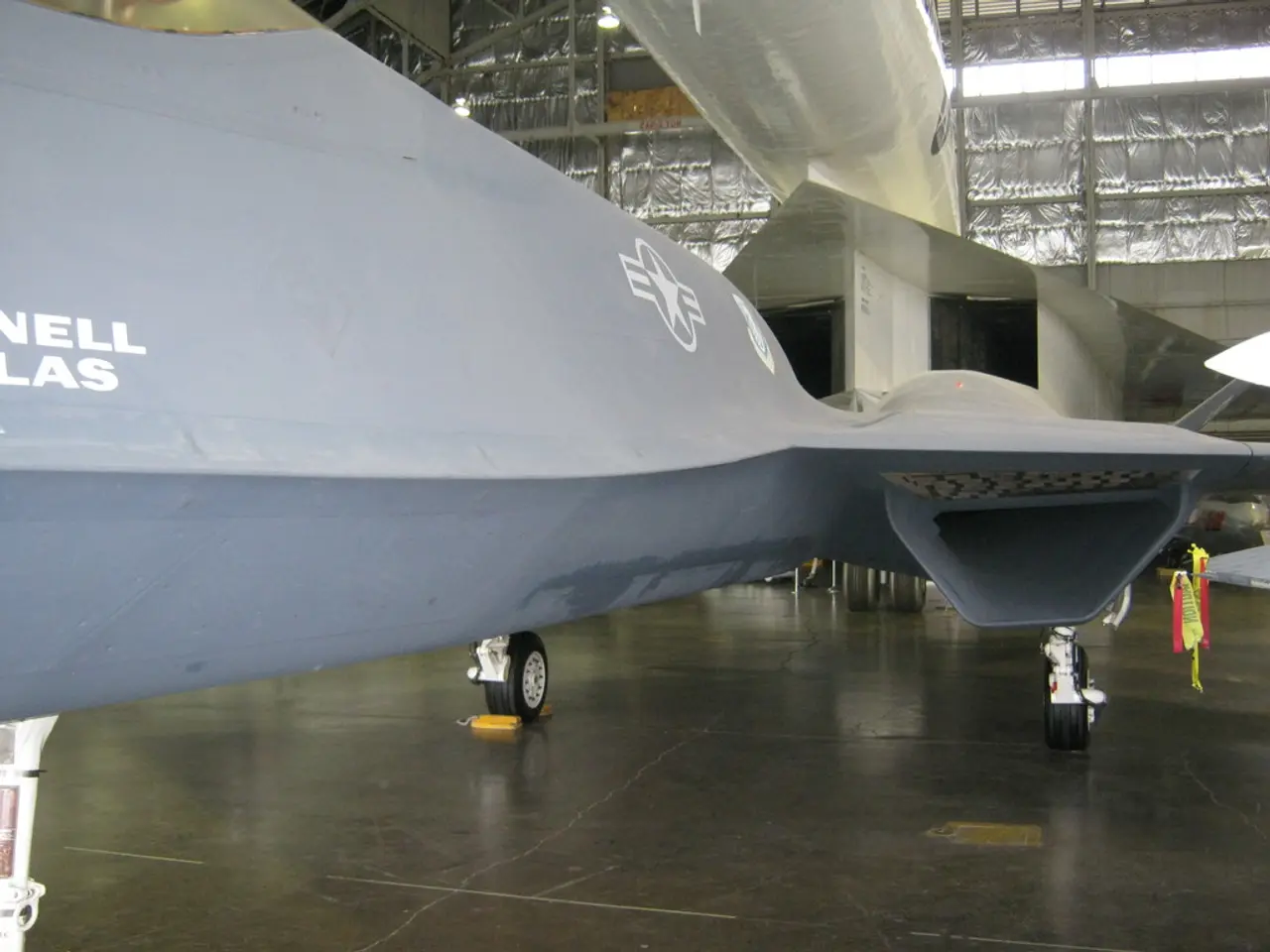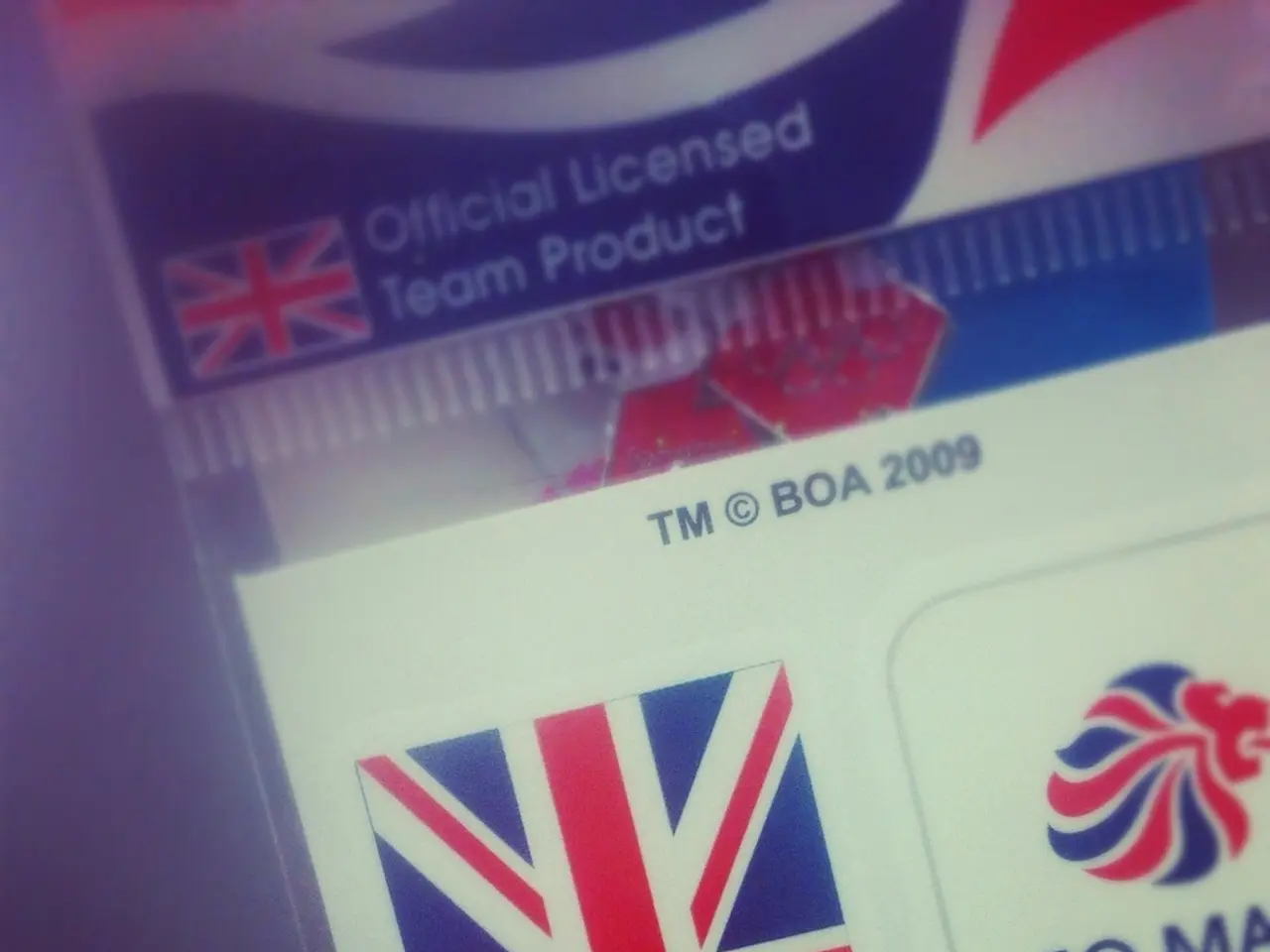Oldest aviation companies globally
In the skies above us, five airlines hold a unique place in aviation history, each having taken their first flight over nine decades ago. These pioneers of the sky continue to soar, connecting people and cultures across the globe. Let's delve into the histories and current operations of these remarkable airlines.
1. KLM Royal Dutch Airlines (Founded 1919)
KLM, the world's oldest airline still operating under its original name, began experimental intercontinental flights in 1924. Notably, it connected Amsterdam with Batavia (now Jakarta). Regular scheduled flights on this route started in 1929, making it one of the longest-distance scheduled flights until World War II. KLM was among the early adopters of aircraft such as the Fokker F.VII and Douglas DC-2. Today, KLM continues to operate as a major international airline with a global route network, notably maintaining its hub at Amsterdam Schiphol Airport and operating under the KLM brand.
2. Avianca (Founded 1919)
Avianca, the second oldest airline after KLM, is Colombia’s flag carrier and one of the largest airlines in Latin America. Although the search results do not provide detailed milestones for Avianca, it continues to operate with extensive domestic and international routes.
3. Qantas (Founded 1920)
Qantas, the flag carrier of Australia, is known for its pioneering long-distance flights and safety record. The search results do not detail Qantas's milestones here, but it remains a major international airline with hubs in Sydney and Melbourne.
4. Aeroflot (Founded 1923)
Aeroflot, initially the Soviet Union’s state airline, was one of the largest airlines globally by the mid-20th century. It operated as a state monopoly until the post-Soviet era. Today, Russian Aeroflot is the flag carrier of Russia and a major international airline. Aeroflot's airport in Moscow became the largest centre of aviation operations in the USSR after World War II.
5. Czech Airlines (Founded 1923)
Czech Airlines (ČSA) was the fifth oldest globally, first to fly regular jet-only routes (Prague to Moscow), and was the Czech Republic’s flag carrier. It joined SkyTeam alliance and ran the "OK Plus" frequent flyer program. In 2018, it was acquired mostly by Smartwings. ČSA filed for bankruptcy in 2021, restructured, and eventually ended its own flight operations on October 26, 2024, handing them over to Smartwings while transitioning into a holding company.
The first flight of Czech Airlines left a month after its foundation from Prague to Bratislava and only operated on domestic routes until 1930. Czech Airlines' first trip across the Atlantic was in February 1962 to Havana, Cuba.
A museum at Sheremetyevo Airport in Moscow tells Aeroflot's history. Today, Aeroflt continues to operate, is among the top twenty airlines by passenger volume, and aims to occupy 45.5% of the Russian transport market by 2025. Aeroflot held the record of the world's largest airline in the 1980s, flying over all continents and carrying 120 million passengers a year.
In summary, these airlines have deeply historic roots, with KLM maintaining continuous original branding and operations, while others like Czech Airlines have transitioned their operations under new ownership but remain active in some corporate form. KLM, Avianca, Qantas, and Aeroflot continue extensive passenger services worldwide, whereas Czech Airlines has recently ceased direct flight operations but survives as a holding entity.
1. The advancements in technology played a significant role in enabling KLM to experiment with intercontinental flights in 1924, as they operated aircraft like the Fokker F.VII and Douglas DC-2.
2. Today, technology continues to be a vital aspect of aviation for these airlines, with advancements enabling more efficient operations on both domestic and international routes, such as the GPS systems used for navigation and flight automation systems to ensure safety and punctuality.




